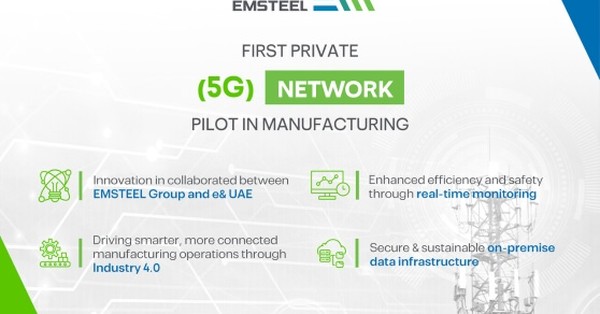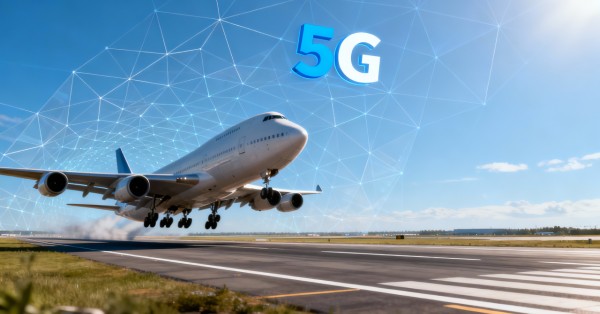Capgemini–WNS $3.3B acquisition overview
Capgemini has closed its approximately $3.3 billion acquisition of WNS, bringing a major India-born business process management player into its global portfolio.
What WNS adds to Capgemini
WNS is a long-standing business process management (BPM) and analytics provider with deep domain expertise in industries such as banking and financial services, insurance, healthcare, travel, utilities, shipping, and telecom. It delivers customer operations, finance and accounting, claims and policy administration, risk and compliance, and data analytics services from large-scale delivery centers across India and other global locations.
Market shift to AI-driven managed services
Enterprise demand is shifting from project-based consulting to managed, outcome-driven operations infused with AI and data. By combining WNS’s scaled operations with Capgemini’s consulting, engineering, and cloud capabilities, the company aims to capture this demand with end-to-end, AI-enabled “run and transform” offerings.
Immediate impact for clients and regions
The deal expands Capgemini’s delivery footprint in India, strengthens its business services unit, and adds vertical platforms and playbooks that can be cross-sold to Capgemini’s installed base in North America and Europe. For WNS clients, it opens access to broader transformation capabilities—cloud, data, and engineering—while preserving managed services continuity.
Strategic fit: AI-ready operations at scale
The acquisition aligns Capgemini’s consulting-led transformation with scaled, AI-ready operations to drive cost, speed, and resilience for global enterprises.
Unified design-build-run model and outcomes
Large buyers are consolidating suppliers and favoring partners that can design, build, and operate at scale. Capgemini can now pair its strategy and engineering strengths with WNS’s process depth to deliver integrated offerings across quote-to-cash, order-to-activate, assurance-to-resolution, and claims-to-close. Expect more outcome-based contracts where service-levels tie to business KPIs such as reduced churn, faster cycle times, or improved first-contact resolution.
AI, data, and automation as core differentiators
Both firms bring mature analytics and automation practices. Together, they can accelerate GenAI-enabled use cases—contact center agent assist, knowledge search and summarization, document intelligence for claims and KYC, and anomaly detection in finance and revenue assurance—supported by Capgemini’s partnerships with major cloud providers and model platforms. The challenge will be to industrialize use cases with strong governance, data lineage, and responsible AI controls across regulated industries.
Industry platforms and domain accelerators
WNS’s domain accelerators (for example, insurance claims, travel revenue accounting, healthcare payer operations, and telecom customer operations) complement Capgemini’s industry solutions and reference architectures. This strengthens the company’s ability to deliver TM Forum-aligned operating models in telecom, integrated care management in healthcare, and risk/compliance workflows in BFSI—moving beyond labor arbitrage to IP-led, platform-enabled services.
Implications for telecom and enterprise IT
For CSPs and large enterprises, the combined entity can compress transformation timelines by unifying OSS/BSS modernization with AI-enabled operations.
End-to-end opportunities for CSPs
Communications service providers face tight margins, complex product catalogs, and rising service expectations in 5G, fiber, and edge. The combined Capgemini–WNS can support end-to-end journeys: digital order capture, intelligent order management, zero-touch provisioning, proactive assurance, and revenue protection. Expect offers blending network cloud and API exposure (e.g., CAMARA), with TM Forum Open Digital Architecture–aligned processes and analytics-driven CX operations to reduce cost-to-serve and churn.
Integrated shared services for enterprise IT
Enterprises rationalizing shared services can tap integrated F&A, procurement, and customer operations with embedded analytics and GenAI. This can unlock faster close cycles, improved cash conversion, and reduced ticket volume through AI deflection—while linking transformation roadmaps to measurable business outcomes and not just SLA metrics.
Data governance, security, and compliance
As GenAI enters regulated workflows, buyers will prioritize providers that can prove secure model operations, data minimization, and auditability. Capgemini’s security and data platforms, combined with WNS’s process controls across PCI, HIPAA, and financial regulations, will be tested in large, multi-jurisdiction rollouts with stringent data residency requirements.
Integration risks and execution priorities
Value creation depends on disciplined integration, commercial clarity, and talent retention across overlapping domains.
Unified go-to-market and coverage model
There is a real risk of channel conflict when consulting-led deals meet operations-led annuity contracts. Buyers should expect a unified coverage model, a single executive sponsor, and a consolidated catalog of offerings to avoid duplication or scope creep.
Talent retention and delivery continuity
WNS’s domain experts and delivery leaders are core to its value; retaining them is critical. Clients should request named resource continuity, transition plans for account teams, and productivity baselines to track post-merger performance.
Toolchain standardization and IP integration
Merging automation toolchains, data platforms, and proprietary accelerators can slow delivery if not standardized. Ask for a clear target architecture, reference environments per industry, and a migration path that avoids disruption to in-flight automations and bots.
Market impact and competitive dynamics
The deal accelerates consolidation across BPM, CX, and AI-enabled managed services, intensifying competition among global providers.
Key competitors and positioning
Accenture, TCS, Infosys, HCLTech, Cognizant, Genpact, EXL, Teleperformance, Concentrix, and Wipro all compete across adjacent service lines. Capgemini’s move signals a push for scale and vertical IP in operations, mirroring broader market shifts toward platform-led, outcome-based engagements.
Pricing shifts and commercial models
GenAI-driven productivity will pressure rate cards; expect greater adoption of outcome-based pricing, gainshare, and risk pooling. Providers that quantify business impact—reductions in days sales outstanding, claims leakage, or call handle time—will win wallet share even as unit rates compress.
India delivery scale and resilience
India remains the backbone for scaled operations and analytics talent. This acquisition deepens Capgemini’s access to specialized skills and delivery resilience, which will matter as clients demand 24×7, multilingual operations with robust business continuity and disaster recovery.
Buyer next steps and checklist
Clients and prospects should use the transition window to tighten governance, refresh roadmaps, and lock in value.
Actions for current clients
Review change-of-control clauses, confirm service continuity, and request an integrated account plan covering transformation plus run. Seek commitments on AI safety, data residency, and performance baselines, and negotiate for outcome-tied SLAs where feasible.
Actions for telecom operators
Prioritize initiatives that blend network and IT modernization with operations transformation: order fallout reduction, first-contact resolution, proactive assurance, and revenue assurance. Ask for TM Forum-aligned processes, reusable accelerators, and clear total cost of ownership models that include AI run costs.
Actions for enterprise IT leaders
Build a two-year roadmap that sequences automation and GenAI use cases, defines governance, and links savings to reinvestment in customer experience and analytics. Pilot with contained domains—AP invoices, claims adjudication, or KYC—before scaling globally under a common model operations framework.
What to track post-merger
Track leadership appointments for the combined business services unit, the unified portfolio launch, early lighthouse deals that showcase GenAI at scale, and published metrics on productivity gains and client outcomes post-integration.








































